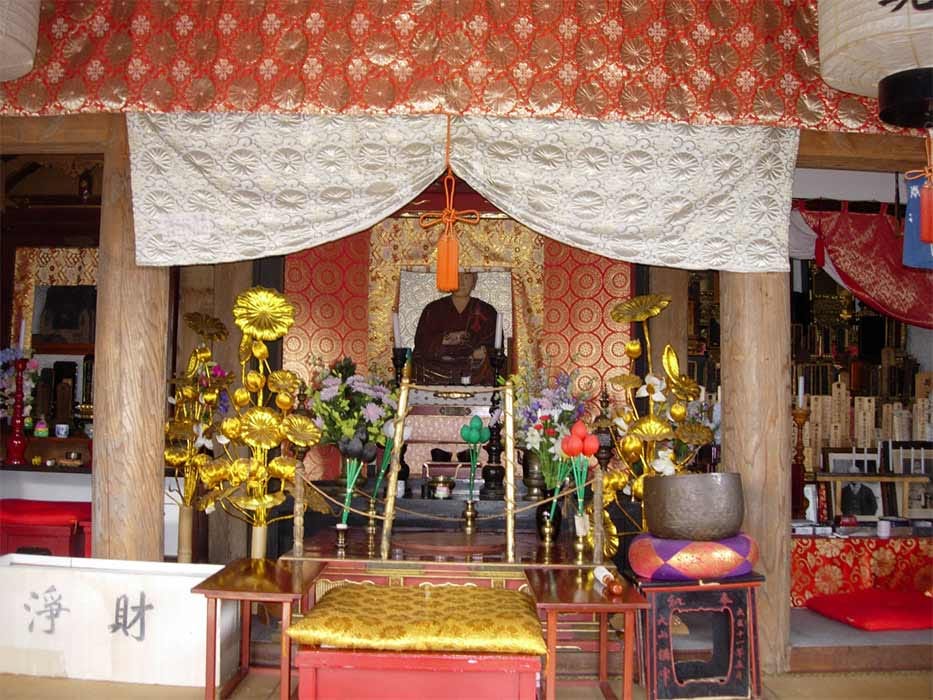Sokushinbutsu: Tales Of Living Buddhas’ Self Mummification
In northern Japan, from the 1200s to the 19th century and possibly later, more than 24 individuals practiced sokushinbutsu, a form of self-mummification aimed at becoming a living Buddha while still alive. Originating from ascetic traditions in India or China, these monks adopted a rigorous lifestyle, training in remote areas like Senninzawa—a mountainous stream associated with “otherworldly humans.” They endured years of extreme fasting, abstaining from grains and consuming items like pine bark and resin, while meditating under cold waterfalls to purify their bodies and spirits. Stories of these ascetics, including reformed killers like Tetsumonkai and Shinnyokai who fled punishment by entering temples, and others like Tetsuryukai who self-mutilated in prayer, highlight their devotion to Shingon Buddhism, inspired by Kukai. Despite being banned in 1867 during the Meiji Restoration, the practice persisted, leaving behind preserved bodies that blur the line between life, death, and enlightenment, offering a glimpse into a profound and mysterious spiritual quest.
Keep reading with a 7-day free trial
Subscribe to Ancient Origins UNLEASHED to keep reading this post and get 7 days of free access to the full post archives.


